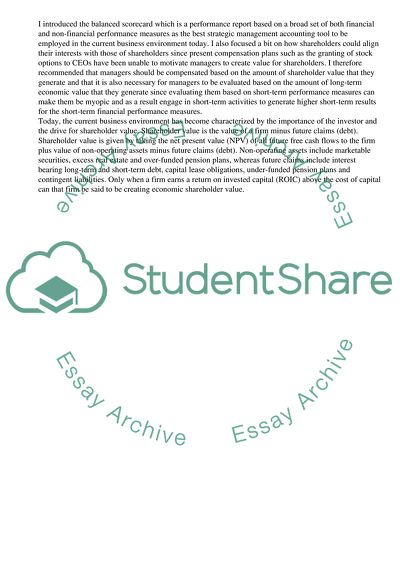Cite this document
(“Business environment Master Essay Example | Topics and Well Written Essays - 1500 words”, n.d.)
Retrieved from https://studentshare.org/business/1533807-business-environment-master-essay
Retrieved from https://studentshare.org/business/1533807-business-environment-master-essay
(Business Environment Master Essay Example | Topics and Well Written Essays - 1500 Words)
https://studentshare.org/business/1533807-business-environment-master-essay.
https://studentshare.org/business/1533807-business-environment-master-essay.
“Business Environment Master Essay Example | Topics and Well Written Essays - 1500 Words”, n.d. https://studentshare.org/business/1533807-business-environment-master-essay.


